Making QTVR Objects
Place the object to be imaged at the center of the turntable and make sure that it rotates around a center axis. This is relatively simple with an object that has radial symmetry (such as a mug or a ball). With irregularly shaped objects this can be a real challenge.
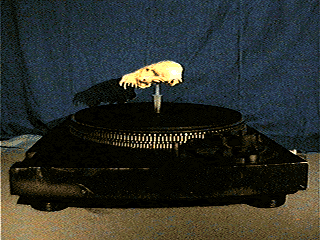
Set up the FlexCam to take a series of still shots of the object. Focus on the object.

Adjust the ambient light and settings in the Apple Video Player. We have found that overhead fluorescent lighting is not optimal.
Use Apple Video Player to save a single "snapshot" of the object.
Rotate the object 11.25 degrees and take another "snapshot" with the FlexCam.
Continue rotating the object and taking snapshots until you return to your starting point. If you are using the 11.25 degree rotation mentioned above, you will take 32 separate pictures. Objects can be made with more or less frames. The more frames the larger the final output and the smoother the rotation. We have found that 32 pictures make a good compromise between size and smooth rotation.
The individual pictures can be enhanced using an image processing program like Adobe Photoshop.
After phtographing the object and working with the pictures you will have a series of pictures like the following (this example uses 16 pictures):
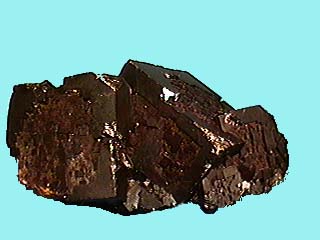 ,
,
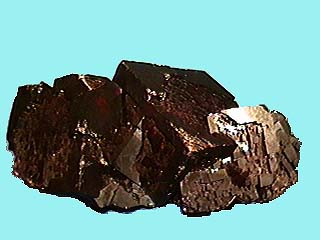 ,
,
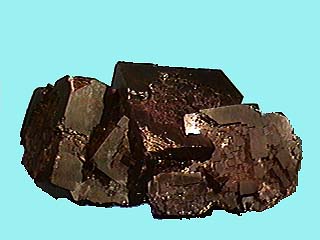 ,
,
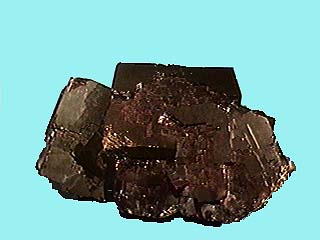 ,
,
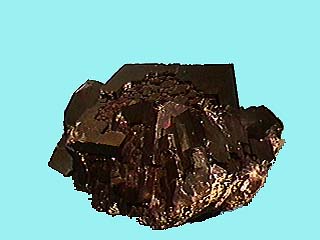 ,
,
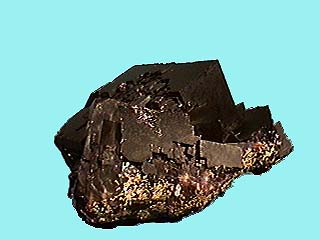 ,
,
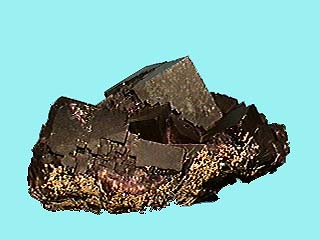 ,
,
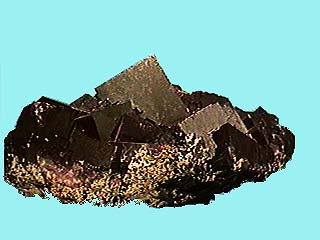 ,
,
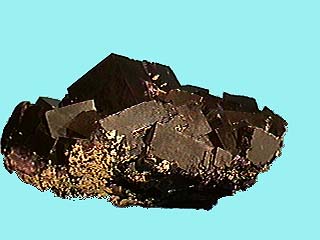 ,
,
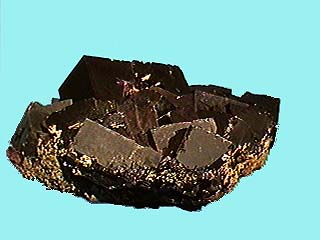 ,
,
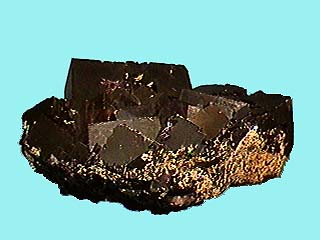 ,
,
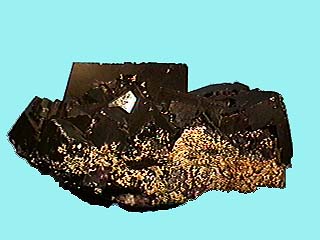 ,
,
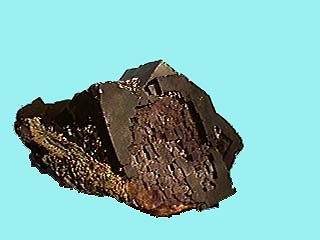 ,
,
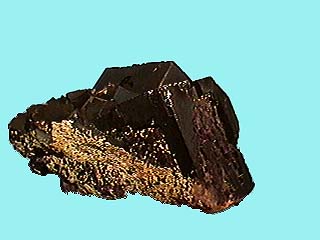 ,
,
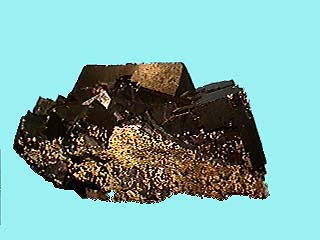 ,
,
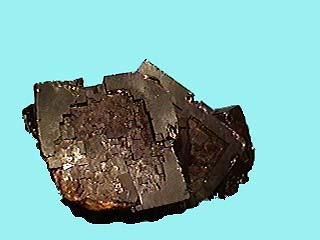
The individual pictures are then converted to an QTVR object movie using the QuickStart QTVR Authoring Suite (v1.9) from Soft Fusion, LLC.
An alternate method using downloadable programs is available. In this method you use the program MooVer 1.3 to convert the individual pictures into a linear Quicktime movie and the program Make QTVR Object (v1.0b4) to make the linear movie into a QTVR Object.
The result of either procedure is a single-plane object such as the following: